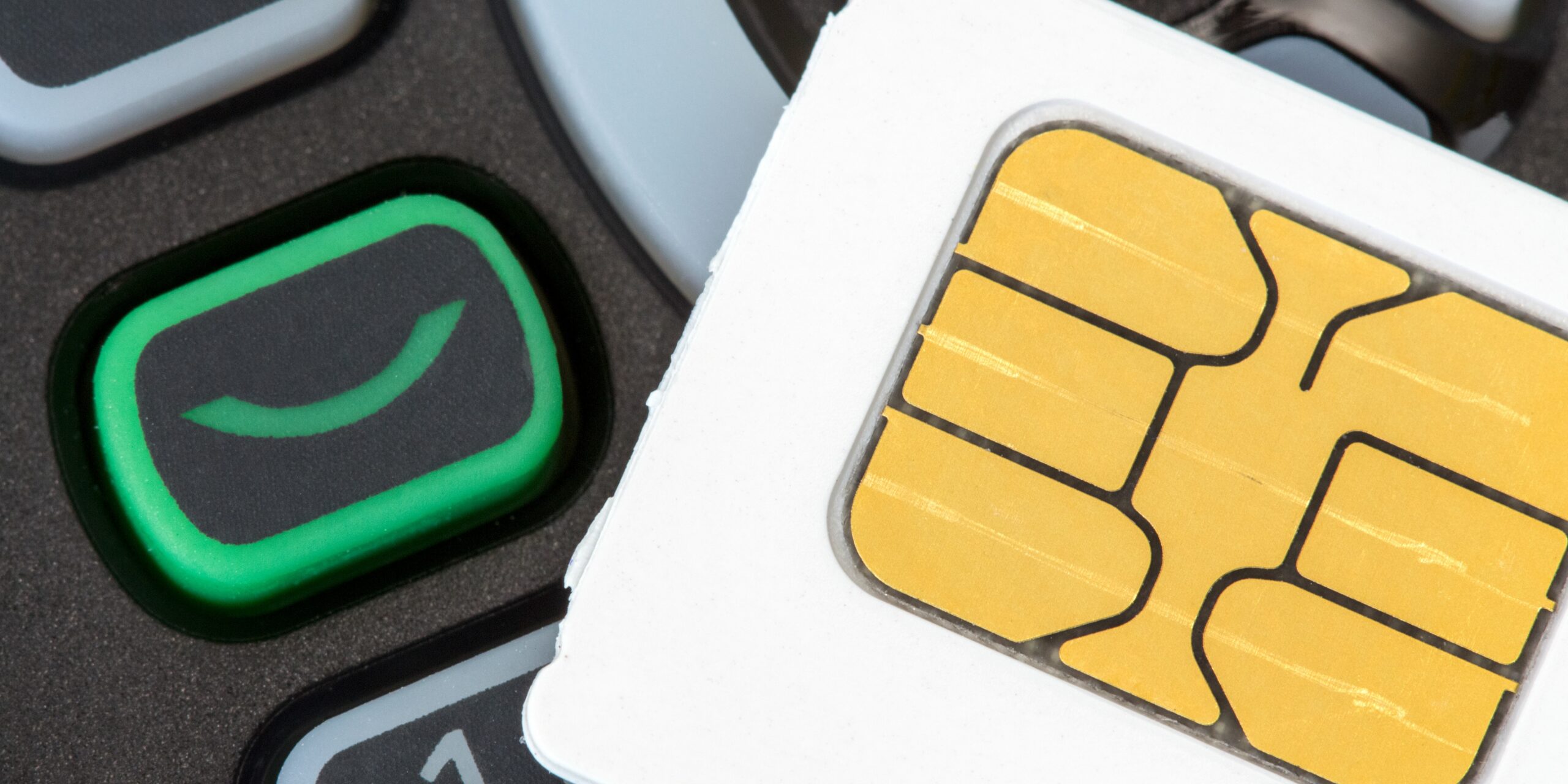
In mobile networks, roaming lets your phone stay connected outside your carrier’s coverage area. Imagine you’re traveling to a new city. When your phone can’t find a signal from your usual provider, it searches for another network it can connect to. This is where roaming agreements come in – behind the scenes, your carrier has deals with other networks, allowing your phone to temporarily “borrow” their signal.
The technical process behind this is quite intricate. Your phone constantly communicates with cell towers, exchanging messages identifying your device and carrier. When it enters a new area, it broadcasts a unique signal seeking a compatible network. If a roaming agreement exists, the visited network verifies your identity with your home network through a secure system. Once approved, your phone connects, allowing you to make calls, send texts, and use data, all billed through your home carrier (often at additional roaming charges). This seamless handover ensures you stay connected wherever your travels take you.
Roaming services have undergone a dramatic transformation, mirroring the evolution of mobile technology itself. Early roaming was voice-centric, with excessive charges per minute. Imagine receiving a bill for a brief call back home costing hundreds of dollars! Connectivity was limited to calls and texts, with data a nearly non-existent option due to its prohibitive costs.
Over time, regulations and competition drove down roaming charges. Carriers began offering roaming packages with prepaid bundles for calls, texts, and limited data. The rise of smartphones and data-driven apps like social media and navigation further pressured the industry. Thankfully, roaming services adapted. We saw the introduction of data roaming options, which were initially expensive but gradually became more affordable.
Today, some carriers even offer inclusive roaming plans, allowing you to use your existing data allowance seamlessly abroad. Technological advancements like next-generation networks and improved billing systems also play a role. The future of roaming looks even brighter, with the potential for standardized pricing and closer collaboration between carriers, making staying connected while traveling a worry-free experience.
Domestic vs. international roaming
Data, SMS, and voice roaming
Roaming Costs: Understanding Data, SMS, and Voice Data, SMS (text messages), and voice calls incur charges while roaming.
Data Roaming is often the most expensive. Charges are typically based on the data used (megabytes or gigabytes). Downloading emails, browsing the internet, or using GPS can quickly increase costs.
SMS Roaming: Less expensive than data. Charges are usually applied per message sent or received, but some plans offer bundles.
Voice Roaming: This can be costly, depending on the destination. Charges are typically per minute for incoming and outgoing calls.
Who charges you? Your home carrier bills you for roaming usage, often adding these charges to your regular mobile bill. Some carriers offer roaming packages for bundled rates on all three services.
While convenient for staying connected abroad, roaming can wreak havoc on your data usage. Here’s why:
Roaming charges can differ significantly between prepaid and postpaid plans.
Here’s a breakdown:
Charges: Charges are Typically pay-as-you-go based on data used, calls made, or texts sent.
Control: Offers more significant control over spending. Top-up your account as needed, preventing bill shock.
Drawbacks: Limited roaming options compared to postpaid plans. Data allowances might be smaller or more expensive.
Charges: Roaming fees are added to your regular monthly bill.
Convenience: Often includes roaming options like daily or weekly passes for bundled data, calls, and texts.
There are downsides, such as the Risk of exceeding data limits and incurring high roaming charges. It could be better for budget travelers.
Heavy Roaming User: If extensive data usage is expected, a postpaid plan with a roaming package might be cost-effective.
Light Roaming User: A prepaid plan with a minor data add-on for roaming can be a budget-friendly option for occasional travelers or those relying mainly on Wi-Fi.
Uncertain Usage: Prepaid plans offer more control. Top-up only when needed, and switch to a local SIM card if your data needs to expand.
Tip: Always check your carrier’s roaming rates and available packages for your destination before traveling. This will help you select the plan best suits your roaming needs and budget.
High roaming charges can ruin your travel budget. Here’s how eSIM data plans offer a more innovative solution:
Cost-Effective: Local eSIM data plans typically offer significantly more data for your money compared to roaming charges from your home carrier.
Convenience: You can download and activate eSIM plans directly on your phone, eliminating the need for physical SIM cards or visiting local stores.
Flexibility: Choose data plans based on your travel duration and data needs. Many offer options ranging from daily passes to extended packages.
Multiple Devices: Some eSIM plans to allow data sharing across various devices, which is perfect for groups or families traveling together.
By ditching roaming and opting for a local eSIM data plan, you can stay connected, avoid bill shock, and enjoy a more budget-friendly travel experience.
When traveling, staying connected is crucial. But roaming data charges can quickly drain your wallet. Here’s why Wi-Fi is your budget-friendly champion:
Cost: Wi-Fi is typically free (cafes, airports, public spaces) or has a flat fee, saving you from excessive per-megabyte roaming costs.
Speed: Wi-Fi connections are often faster and more reliable than roaming data, allowing smoother streaming, video calls, and downloads.
Data Control: You avoid the Risk of exceeding data limits and incurring unexpected roaming charges.
While roaming offers convenience, Wi-Fi prioritization keeps you connected without breaking the bank. Just remember to be cautious when using public Wi-Fi and avoid sensitive transactions.
Roaming allows your phone to stay connected to networks abroad through agreements between your carrier and the visited network. The process involves complex communication between your phone and cell towers.
Roaming services have evolved significantly. Initially expensive and voice-centric, they now offer data options and even inclusive plans thanks to competition and technological advancements like multi-band devices, eSIM technology, and 5G rollout. The future holds promise for standardized pricing and closer carrier collaboration.
Domestic vs. International Roaming: Domestic refers to roaming within your country, while international refers to roaming abroad.
Local SIM: This is purchased in the destination country. It offers a new local phone number and potentially cheaper rates than roaming.
Data, SMS, and Voice Roaming: All three incur charges while roaming, with data typically being the most expensive.
Prepaid vs. Postpaid Plans: Prepaid plans offer pay-as-you-go spending control, while postpaid plans might include roaming packages but Risk exceeding data limits.
eSIM Data Plans: Downloaded and activated directly on your phone, offering local data plans for cost-effective connectivity.
Wi-Fi vs. Roaming Data: Wi-Fi provides a budget-friendly and often faster alternative to roaming data, but be cautious when using public Wi-Fi.
The future of roaming is likely to see:
Standardized Pricing: More consistent pricing across carriers and destinations.
Enhanced Collaboration: Closer cooperation between carriers for seamless roaming experiences.
Advanced Security: Improved security measures to combat roaming fraud.
Integration with New Technologies: Integrating emerging technologies like IoT (Internet of Things) for broader device connectivity.
As technology progresses, roaming is expected to become a more affordable and secure way to stay connected while traveling the world.
Our Customer Support Center can be contacted
directly via live chat, which can be accessed by
clicking on the round blue message box located at the
bottom right of our website or via email
at [email protected]
Have a pleasant trip
Globalesim Team

visibility_offDisable flashes
titleMark headings
settingsBackground Color
zoom_outZoom out
zoom_inZoom in
remove_circle_outlineDecrease font
add_circle_outlineIncrease font
spellcheckReadable font
brightness_highBright contrast
brightness_lowDark contrast
format_underlinedUnderline links
font_downloadMark links